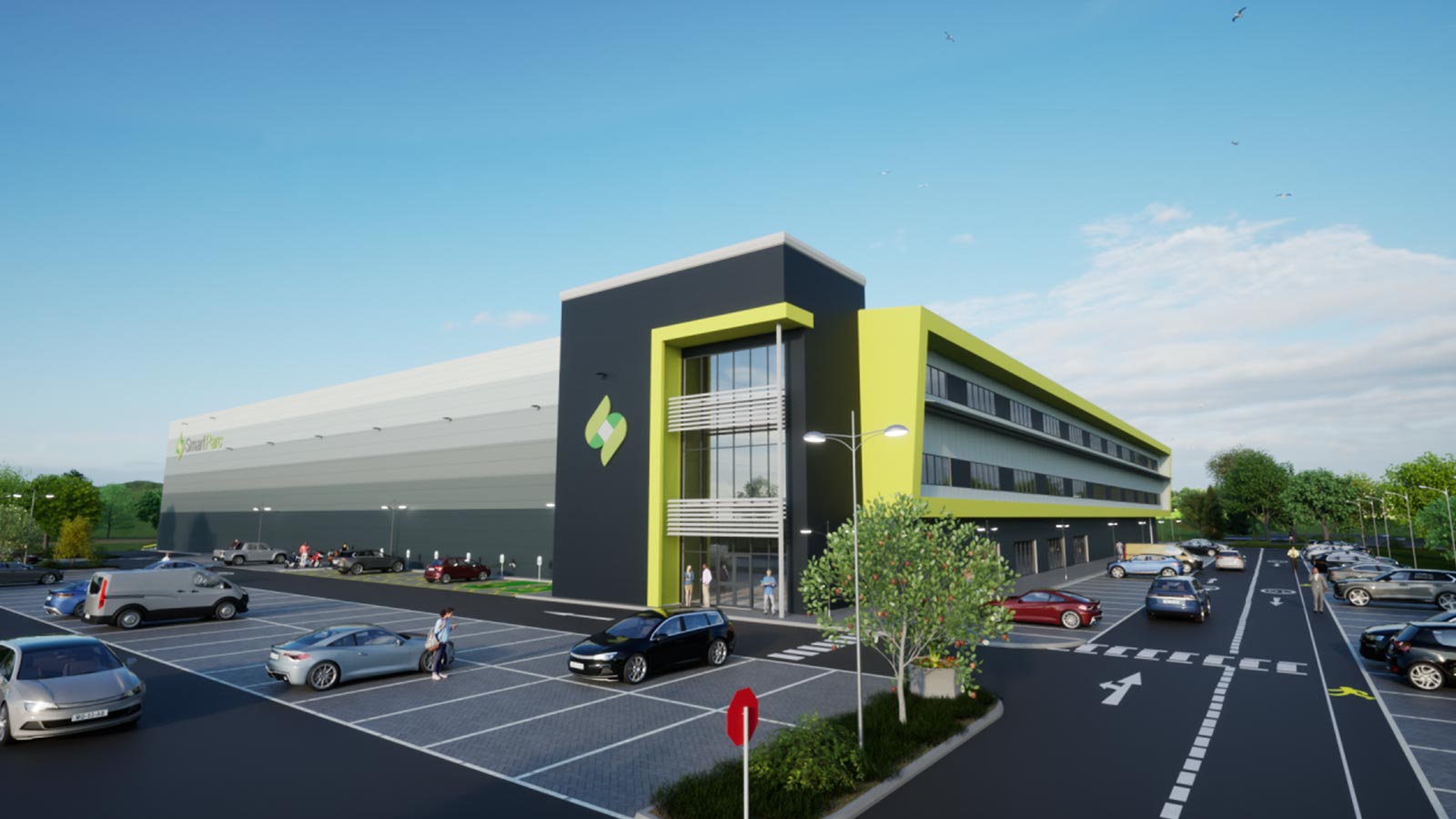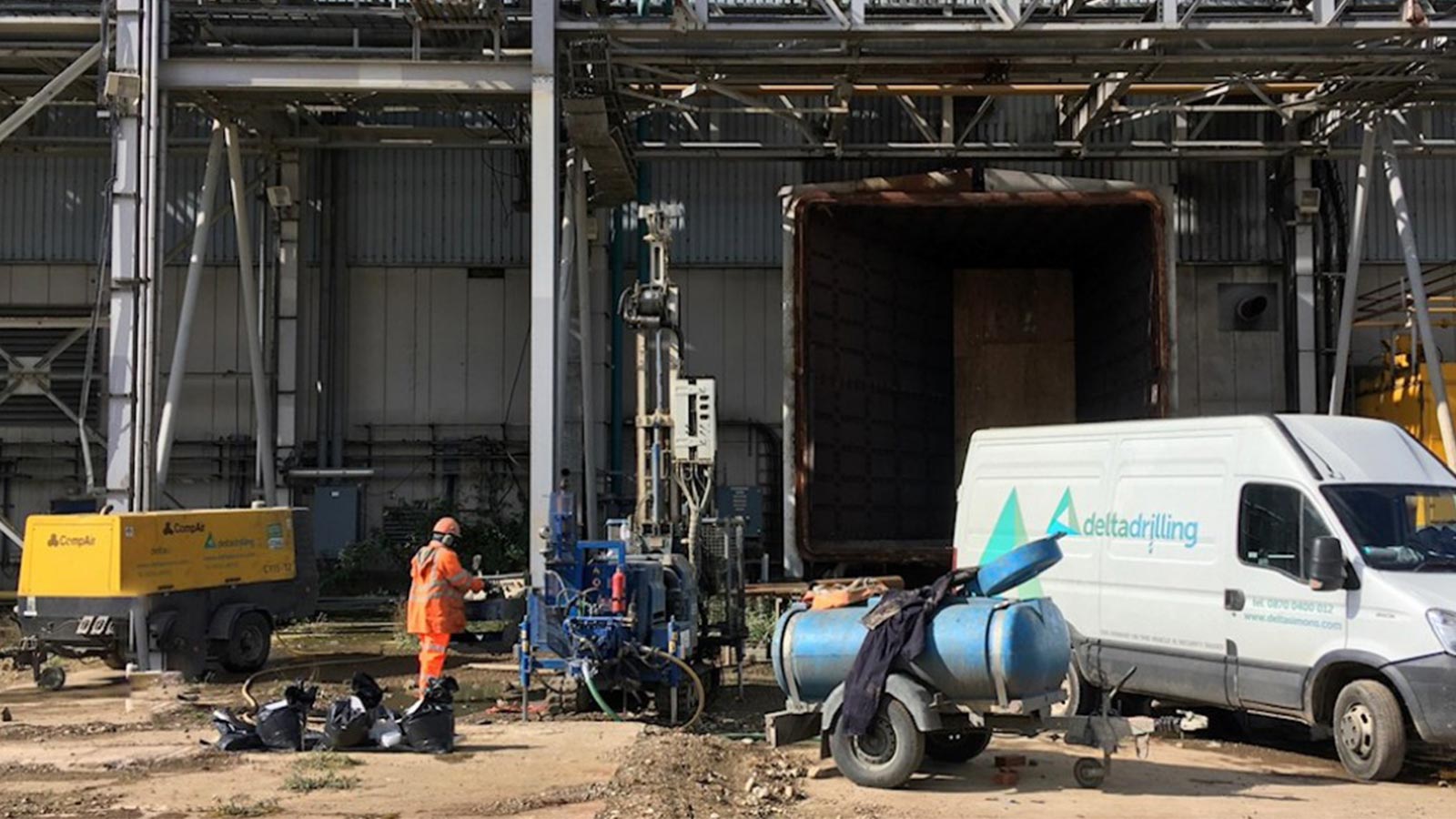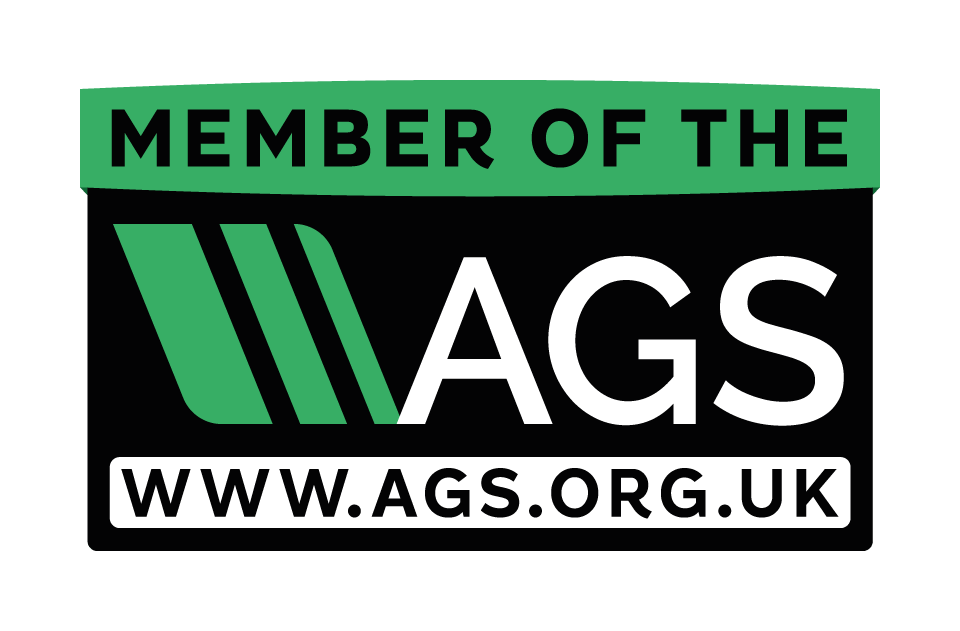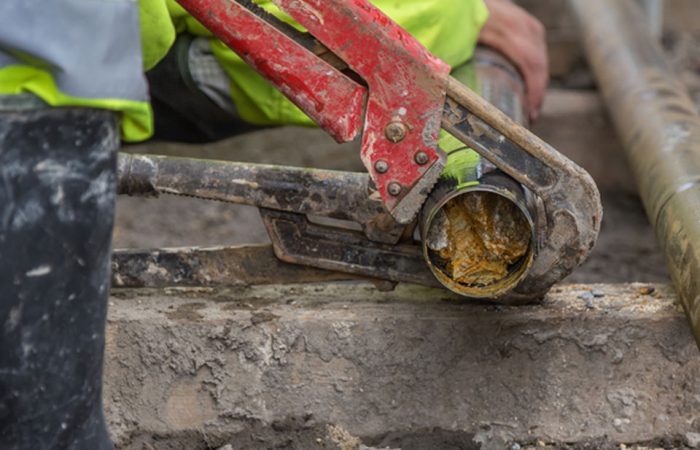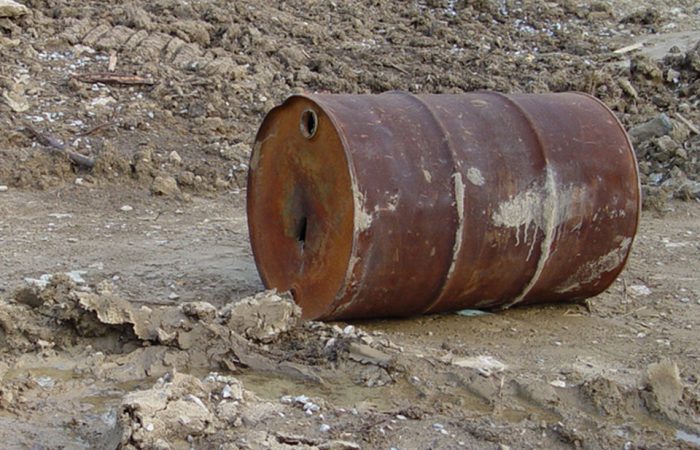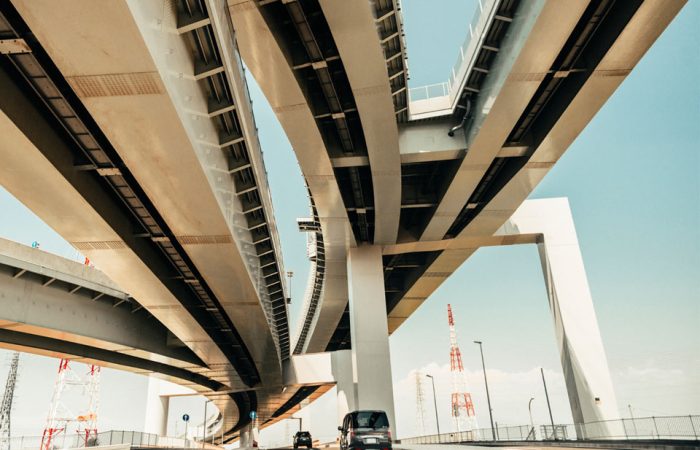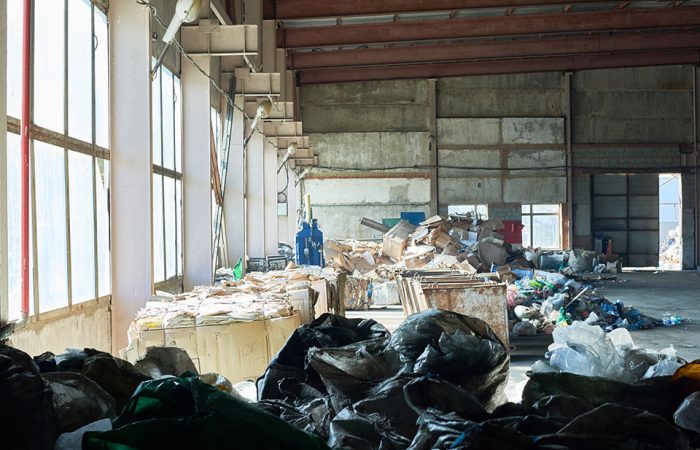When preliminary risk assessments and site investigations identify potentially significant contamination risks, you need a more detailed and site-specific approach to risk quantification and management. Lucion’s detailed quantitative risk assessment (DQRA) services provide you with the advanced tools and expertise needed to evaluate complex contamination scenarios, support informed decision-making, and ensure regulatory compliance.
Our team of experienced risk assessment specialists works closely with you to understand your specific needs and objectives. Building upon the findings of preliminary assessments and site characterisation, we use state-of-the-art modelling tools and techniques to quantify the exposure, toxicity, and risk associated with identified contaminants and pathways. Our probabilistic approach allows us to characterise uncertainty and variability in key input parameters, providing you with a more realistic and defensible assessment of risk.
Whether you are dealing with a complex site investigation, a regulatory requirement for detailed risk assessment, or a need to support remediation or development decisions, Lucion’s DQRA services are tailored to your specific circumstances. We provide you with the scientifically robust and commercially-focused risk evaluations you need to manage contamination risks effectively and efficiently.
Lucion’s DQRA services help you:
- Quantify and characterise risks to human health and the environment from soil, groundwater, and vapour contamination, using advanced fate and transport models, exposure equations, and toxicity data.
- Evaluate the significance of contamination risks in the context of site-specific conditions, such as land use, receptor characteristics, and background concentrations, using appropriate assessment criteria and regulatory guidance.
- Identify and prioritise the most significant contaminants, pathways, and receptors contributing to overall risk, using sensitivity analysis and risk driver evaluation, to focus risk management efforts and resources.
- Develop and compare risk-based remediation objectives and options, using iterative modelling and cost-benefit analysis, to select the most appropriate and cost-effective risk management strategy for your site.
- Communicate and justify your risk assessment approach and conclusions to regulators, stakeholders, and the public, using clear, transparent, and scientifically defensible reporting and documentation, supported by our expertise in risk communication and regulatory liaison.
Our DQRA services deliver comprehensive, detailed, and highly technical reports that present the methods, assumptions, results, and conclusions of the risk assessment, along with recommendations for further action where necessary. We provide you with the expert advice and support you need throughout the entire process, from initial problem formulation to final risk management and verification, helping you navigate the complex scientific, regulatory, and commercial landscape of contaminated land risk assessment.
By partnering with Lucion for your DQRA needs, you can have confidence in the quality, reliability, and value of the risk assessment services we provide. Our services help you make informed decisions, manage contamination risks effectively, and demonstrate regulatory compliance, while minimising project delays, costs, and liabilities.


